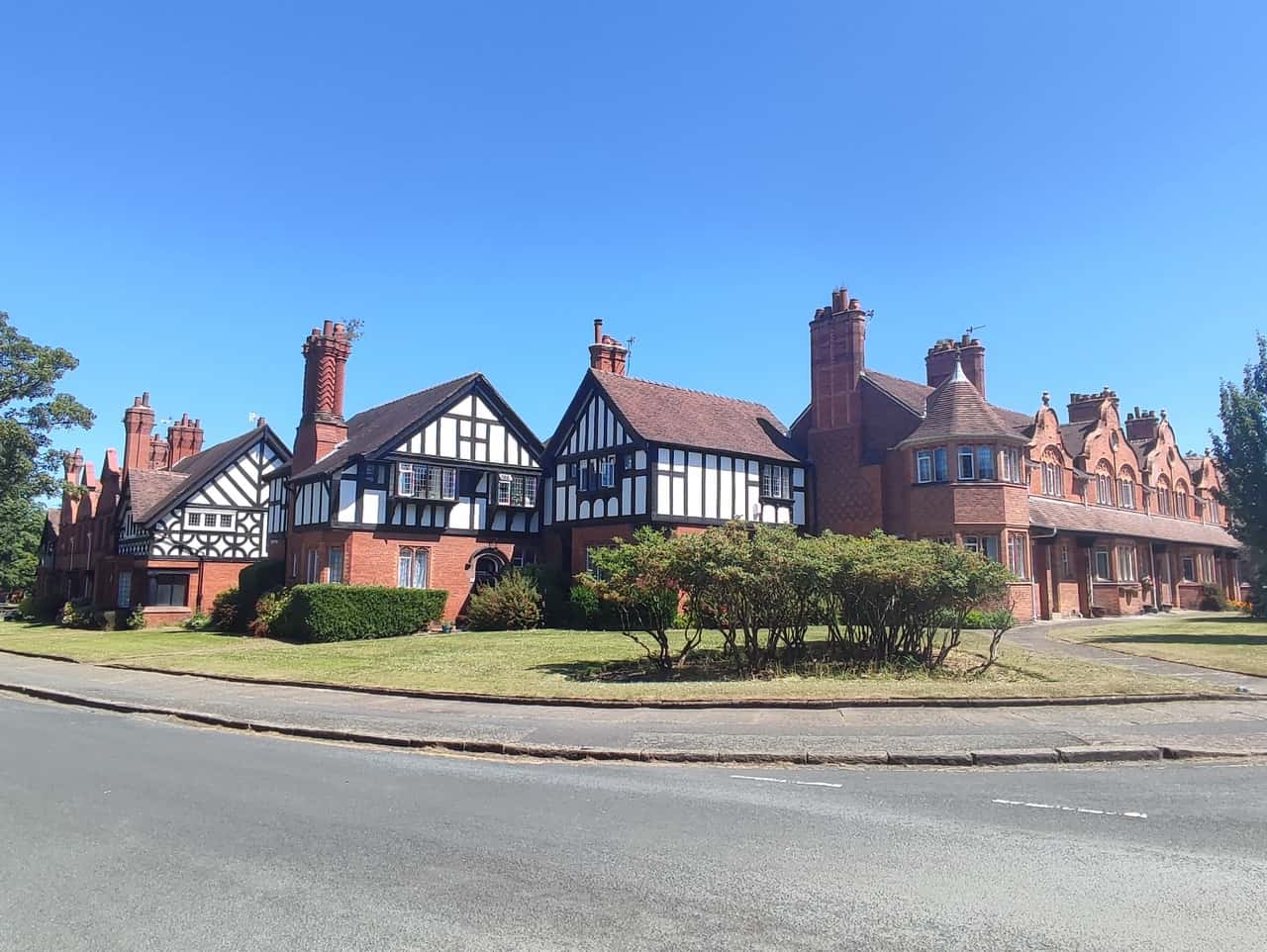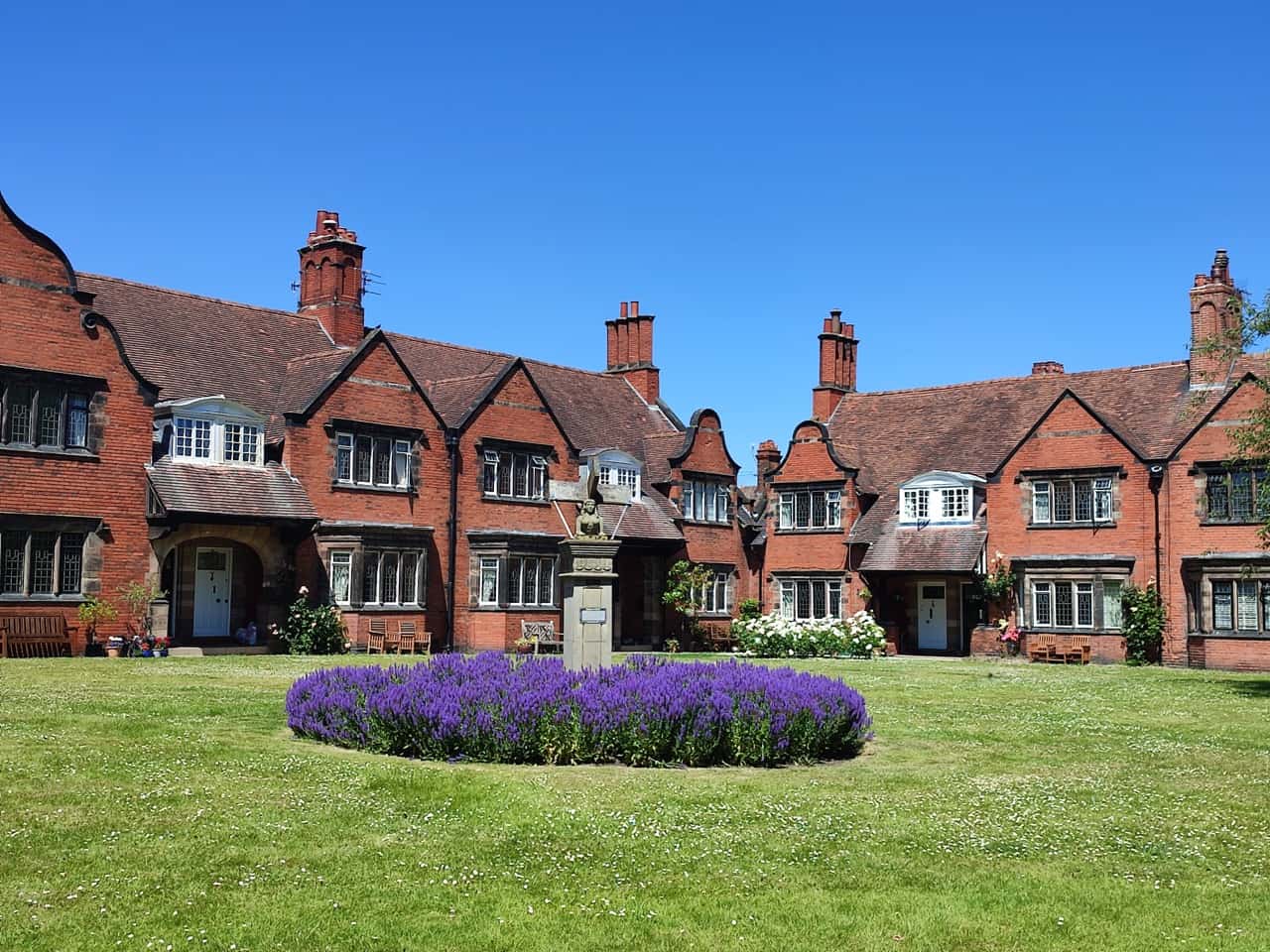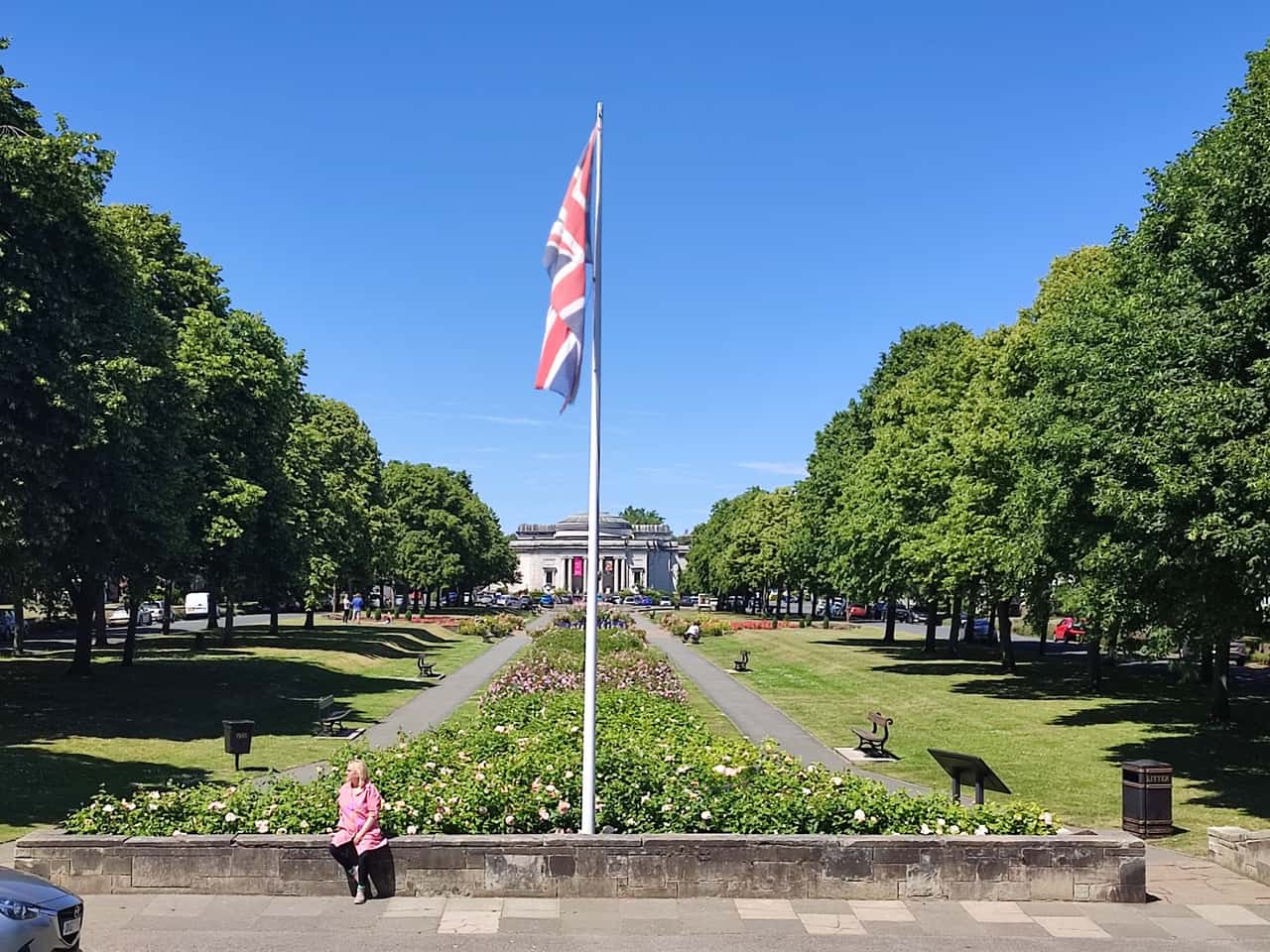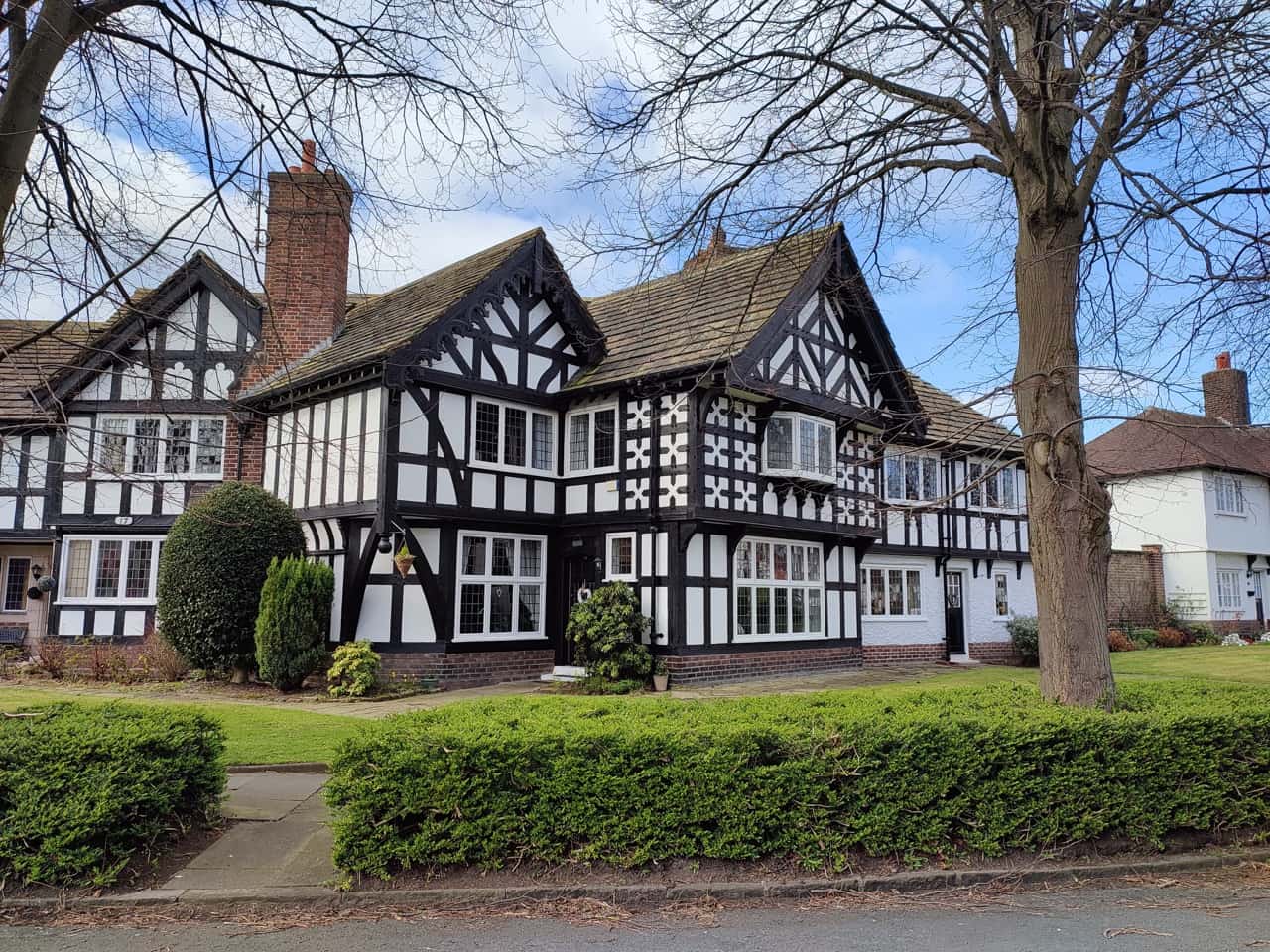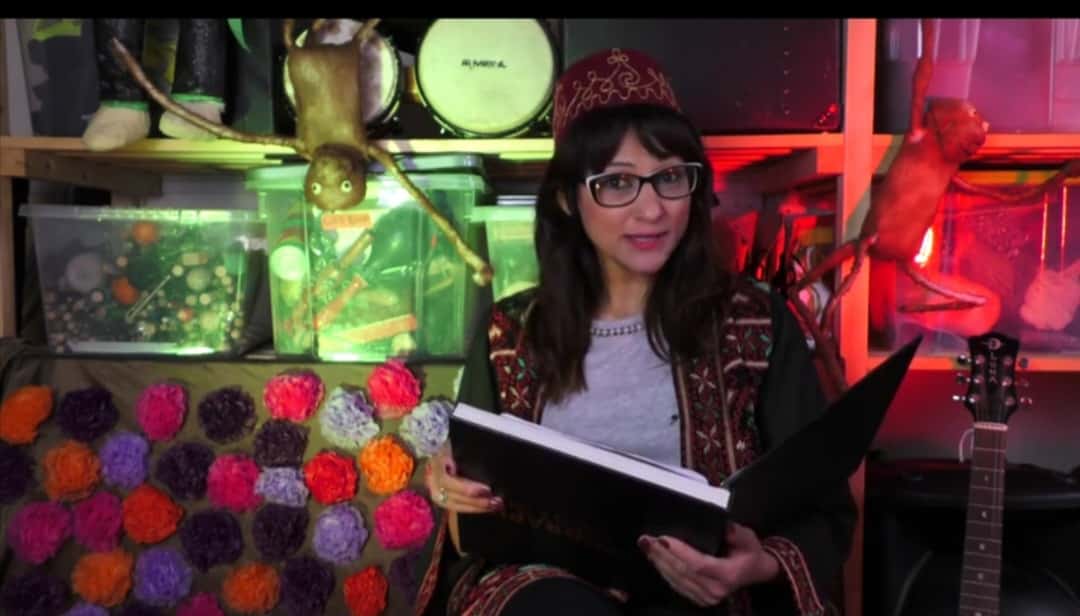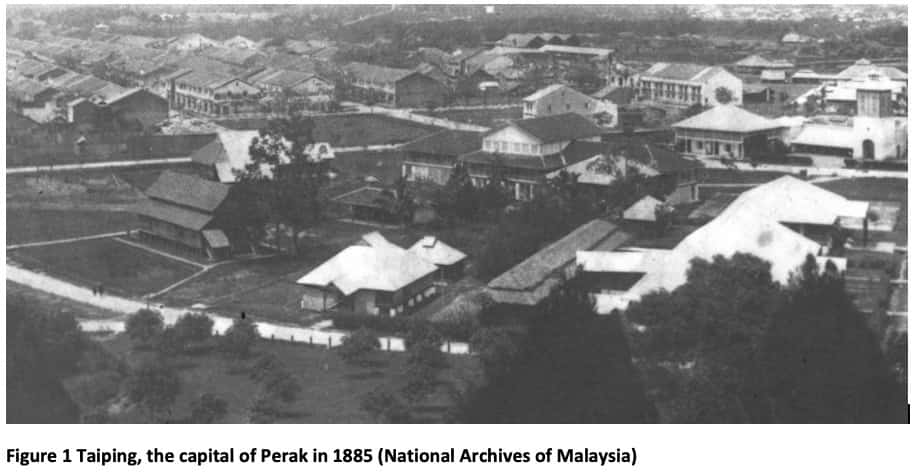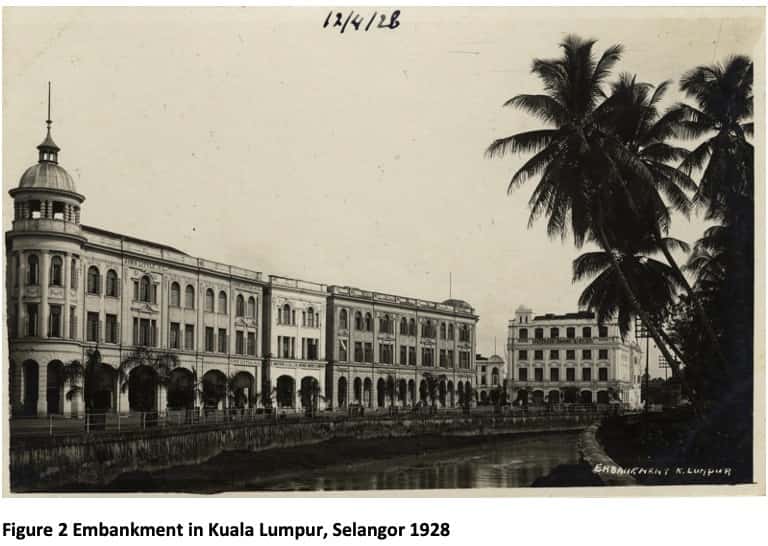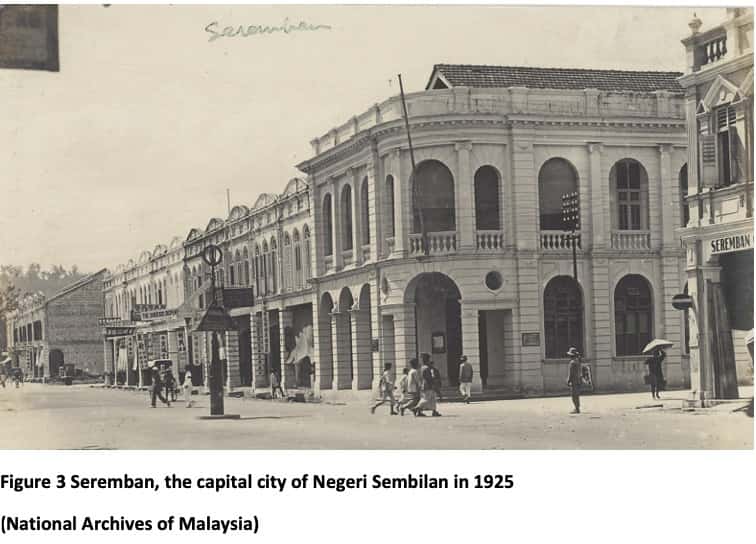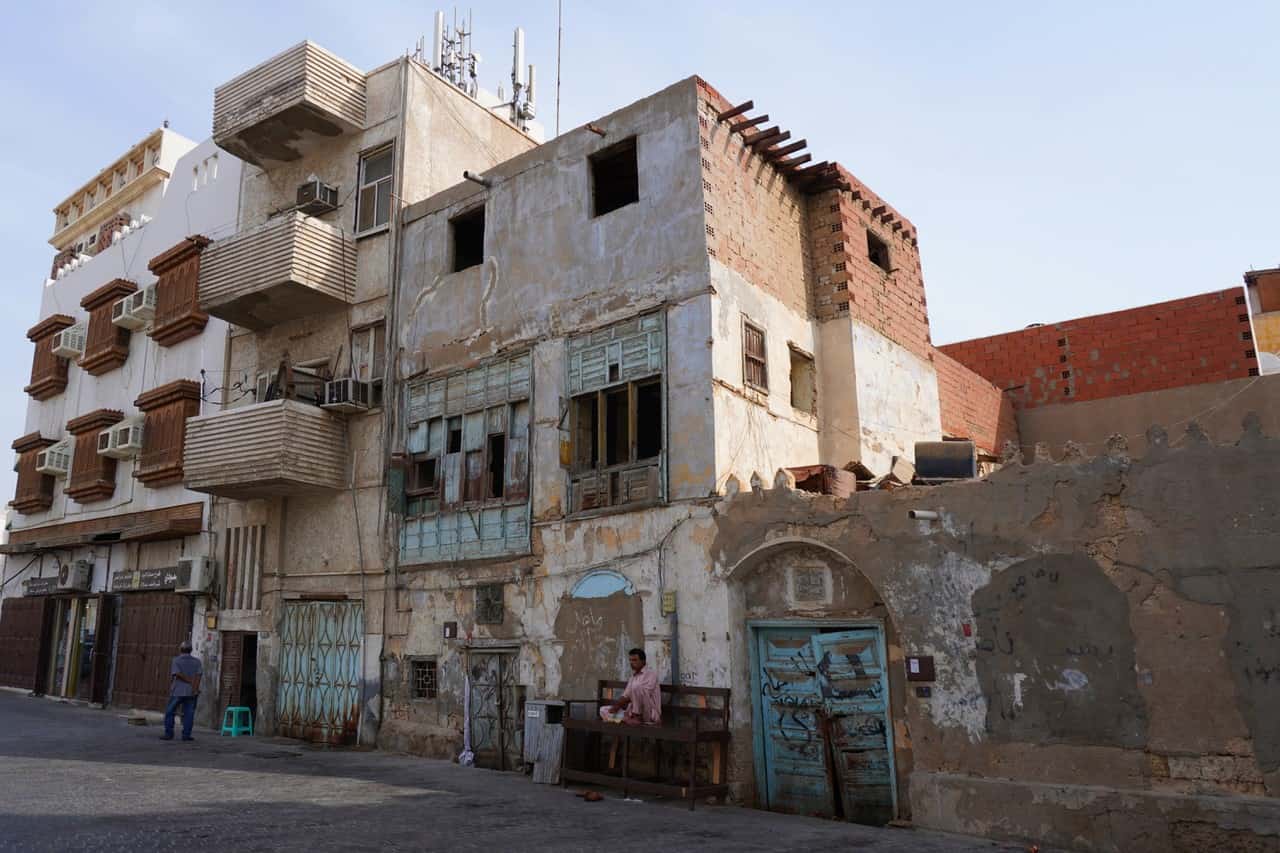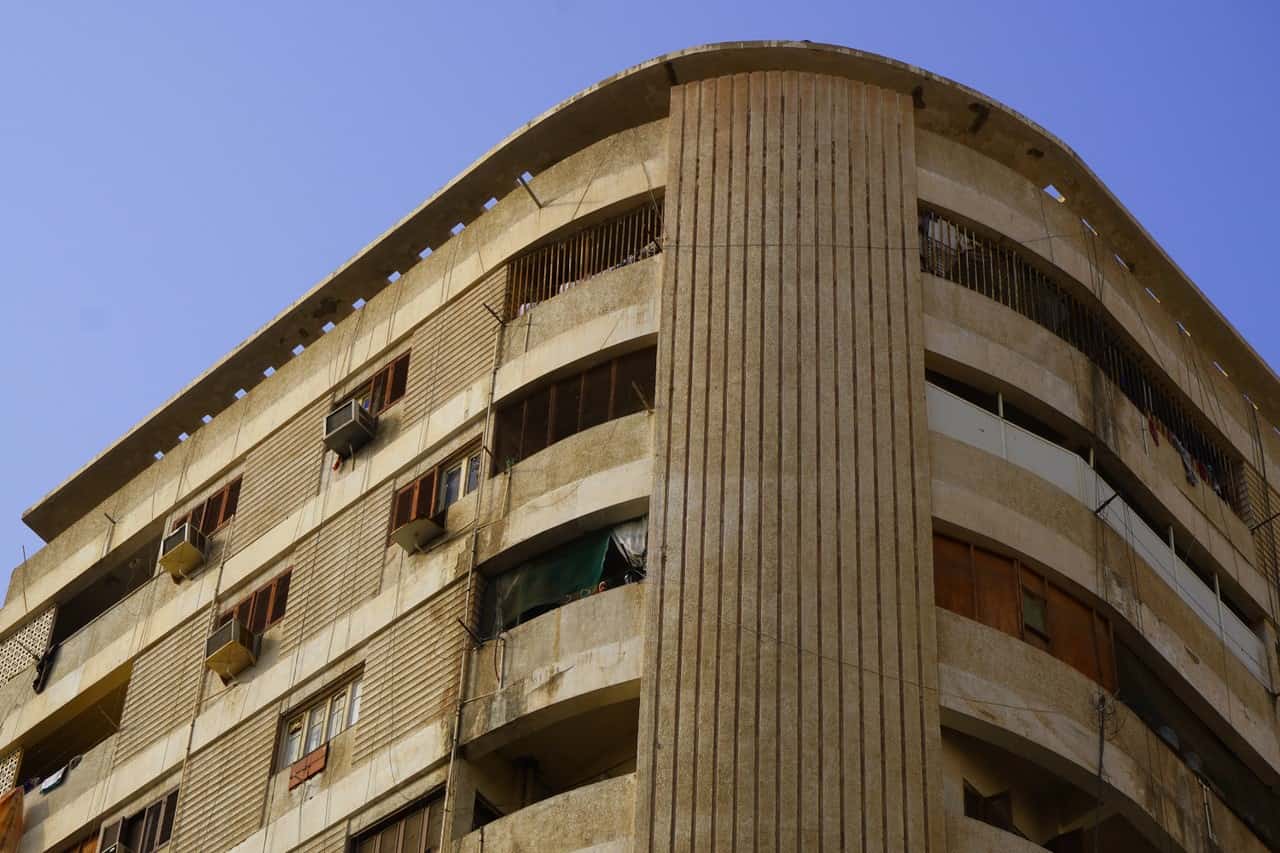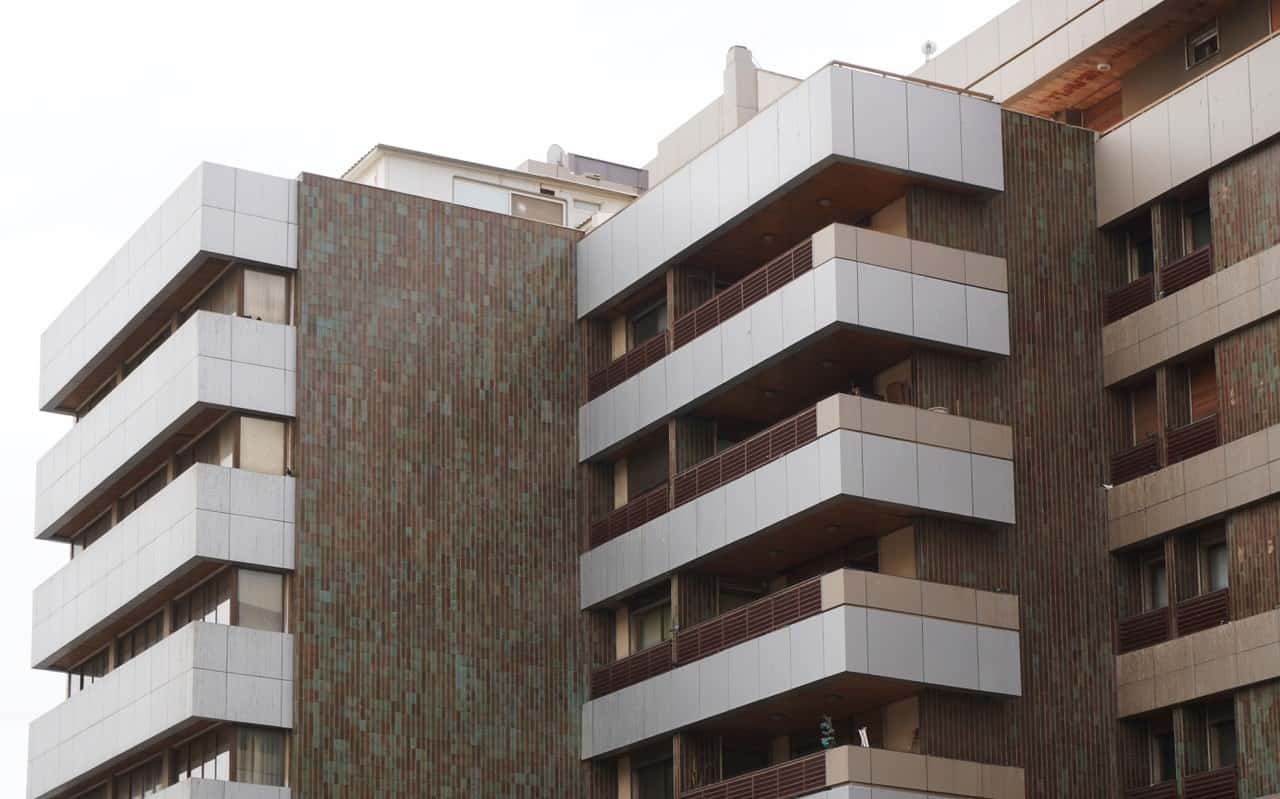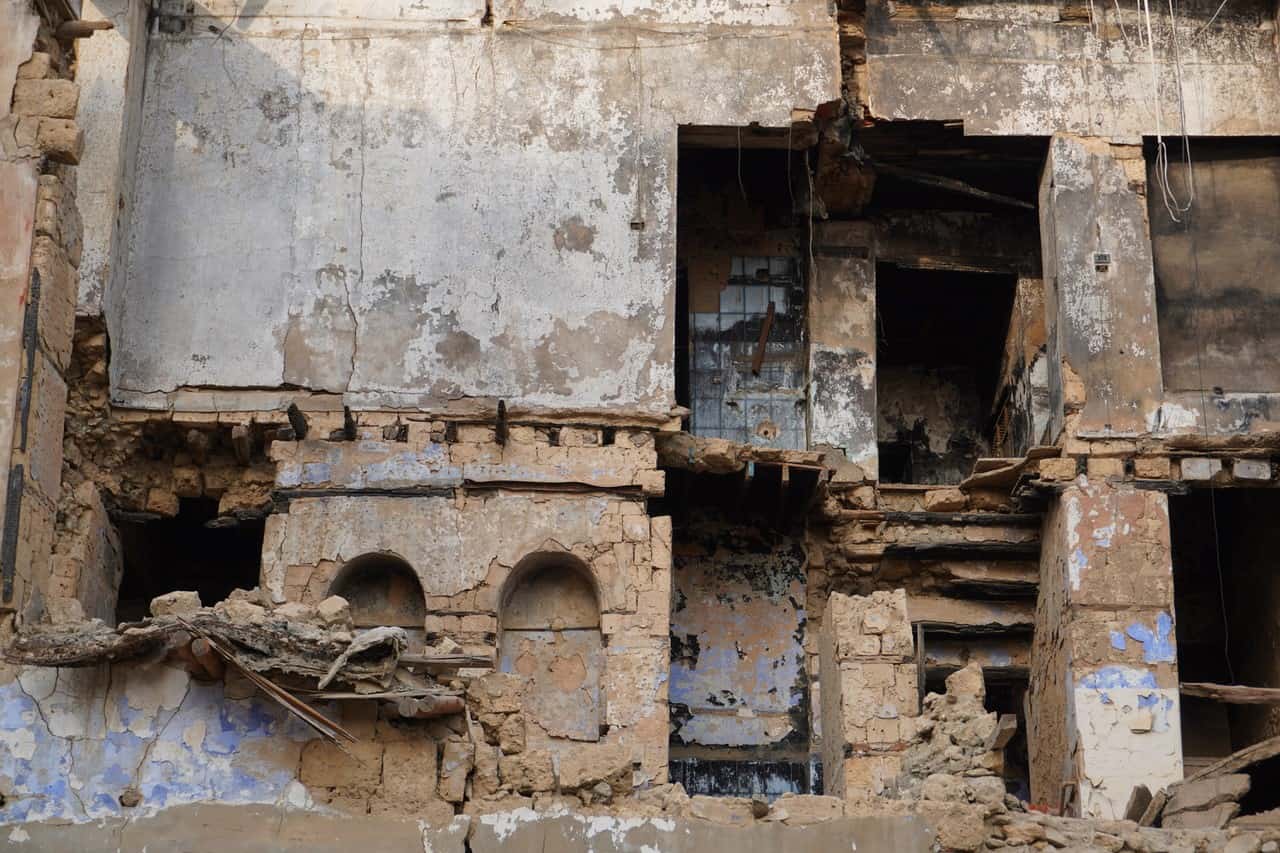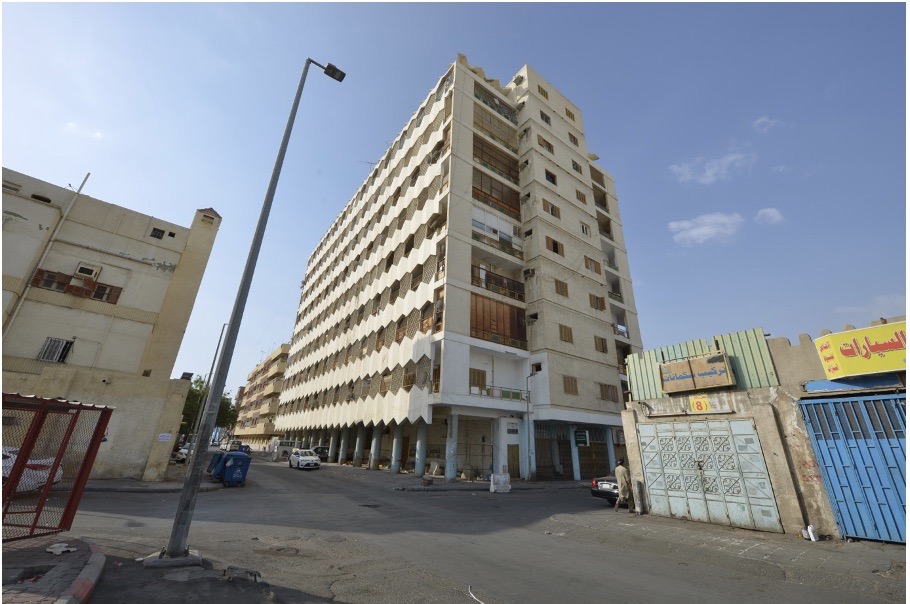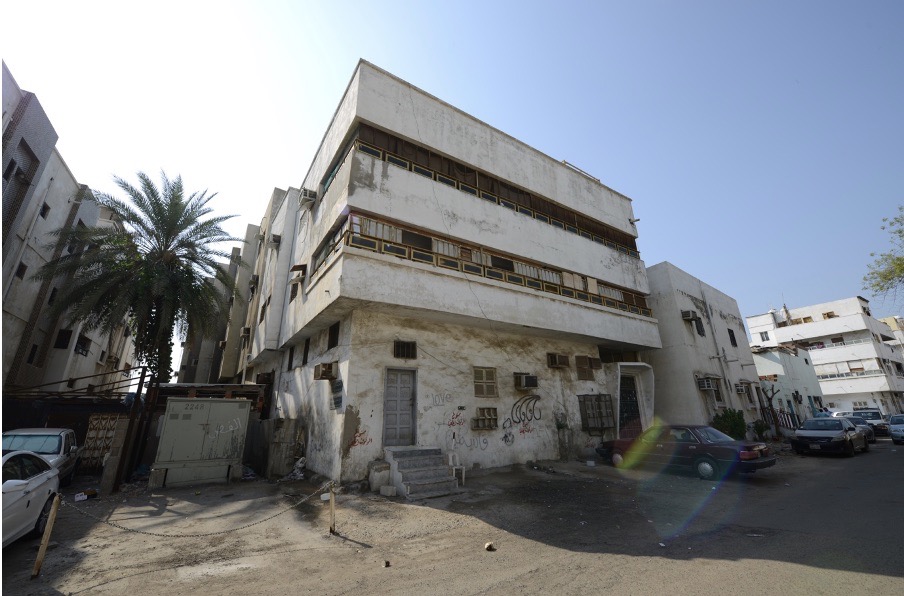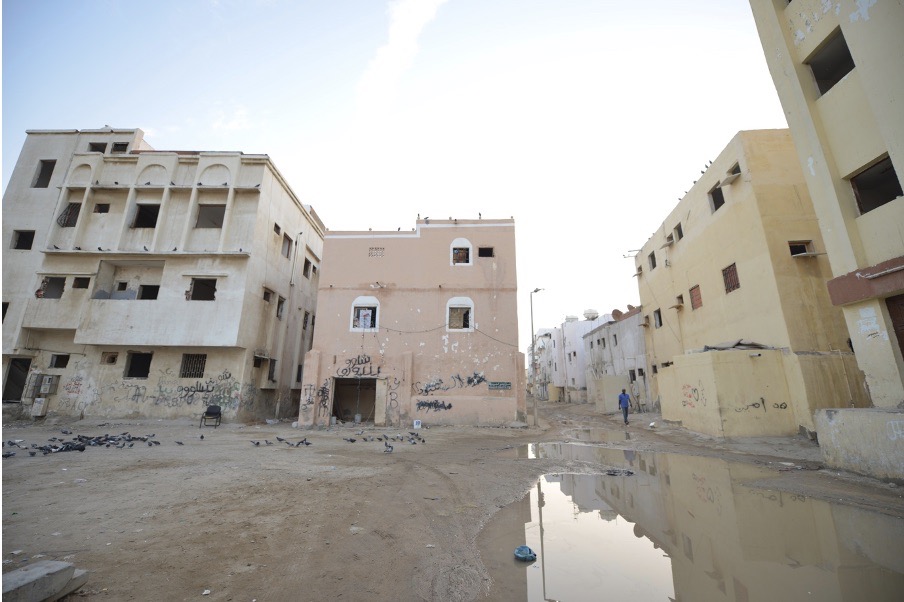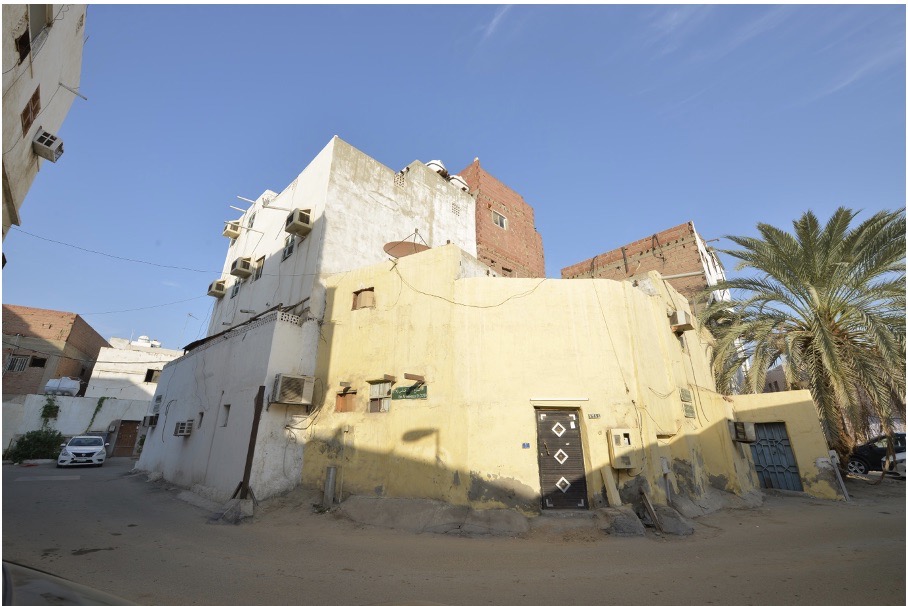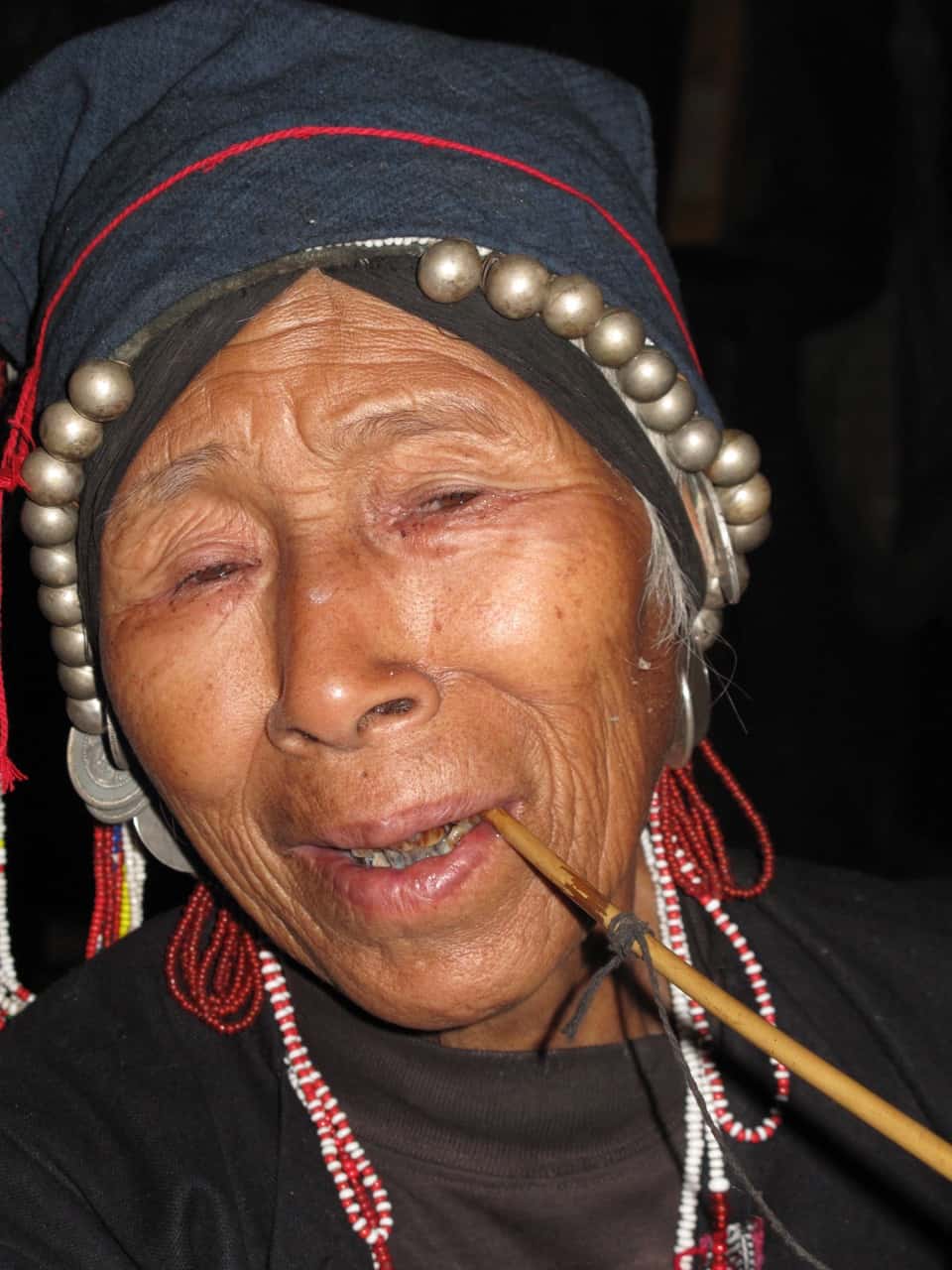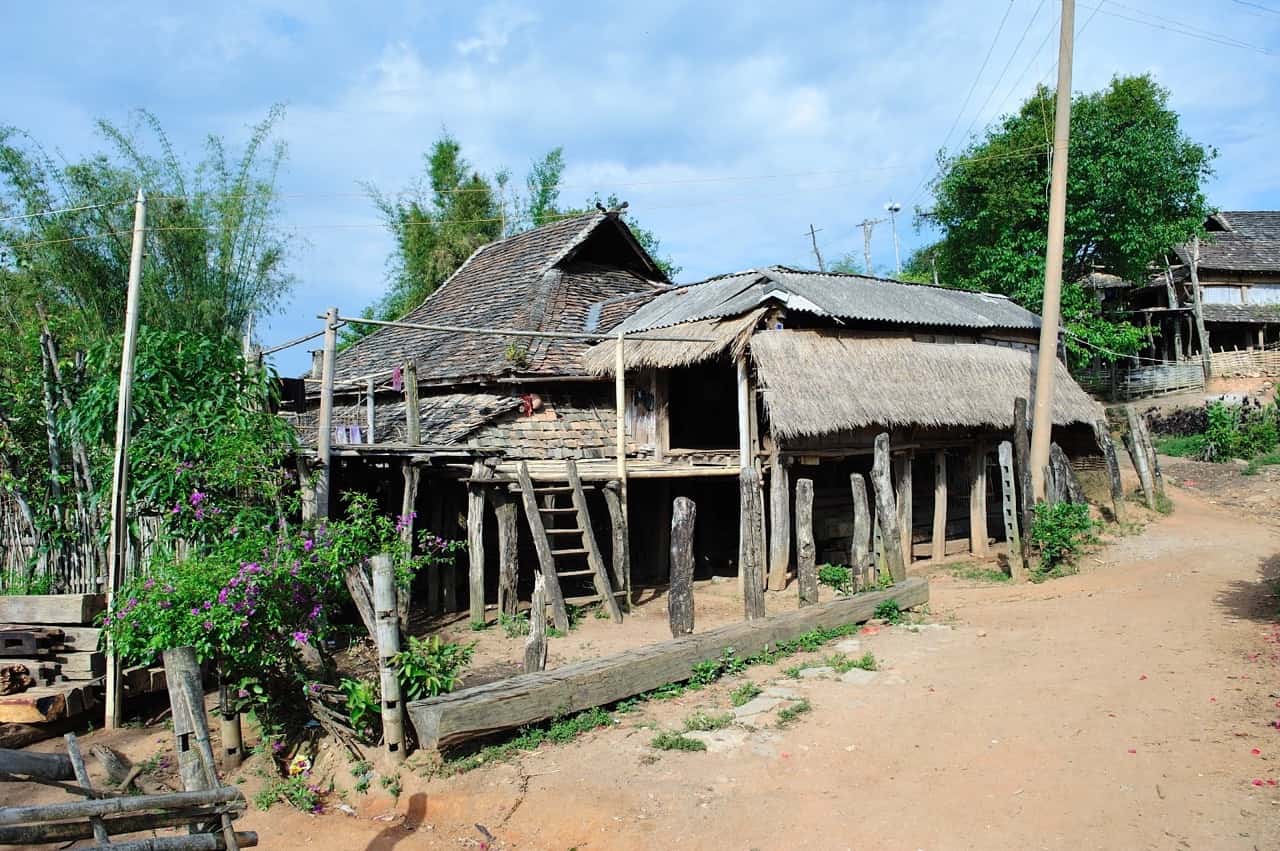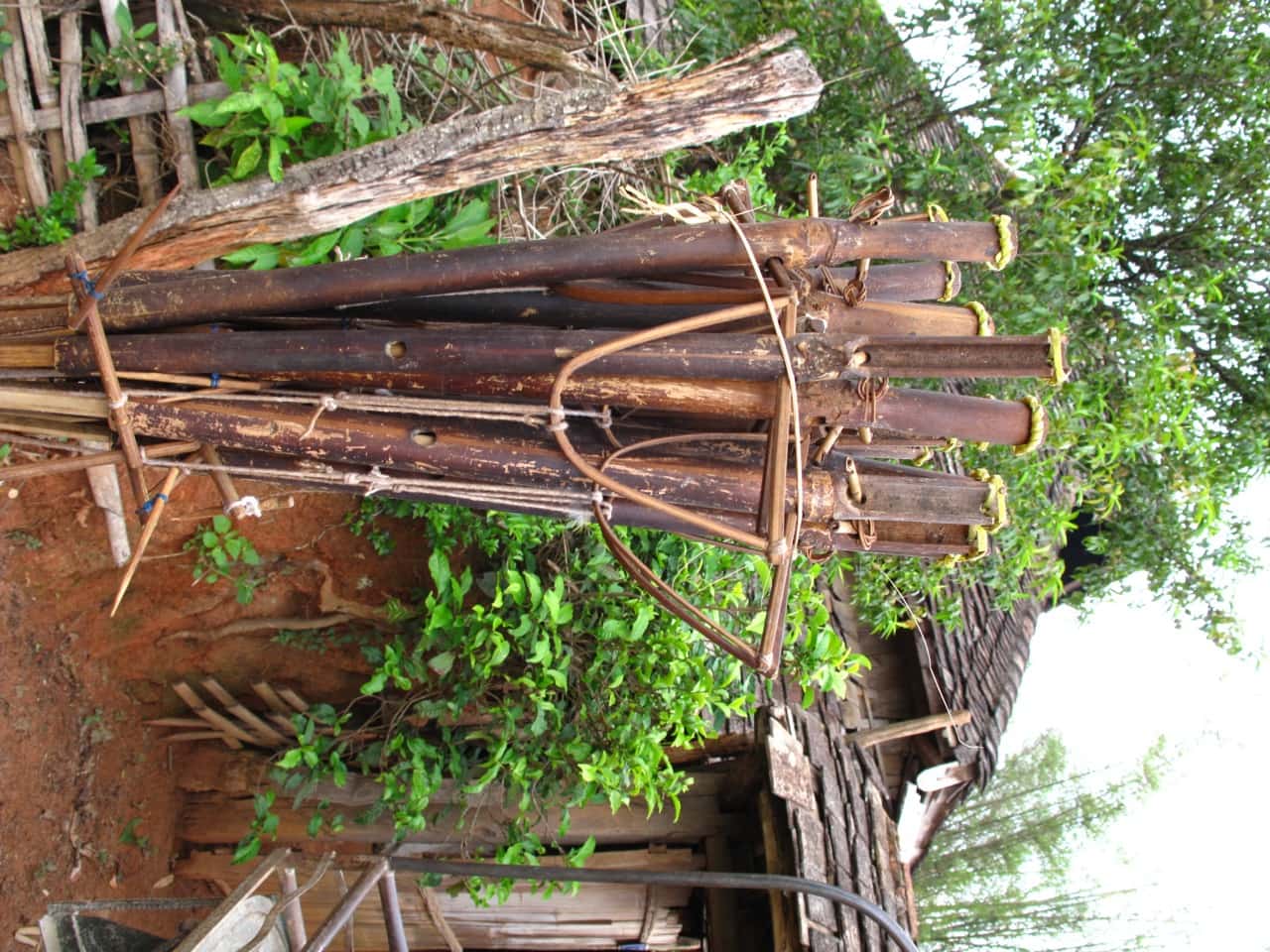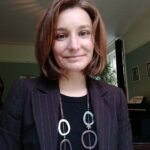
Heather Alcock
Working Title
Beyond the village: the global value of Port Sunlight
The initial aim of my research was to assess the value and influence of Port Sunlight in a global framework. This was provide a wider reading of Port Sunlight, which is often portrayed as a site significant for local history and labour studies. I was to achieve these aims through a global comparative analysis, which would be enriched with information from targeted case studies.
My research is timely since the built heritage and community at Port Sunlight are in a transitional phase. The heritage assets and designed landscapes face the challenges of the climate emergency. Many of the large, listed community facilities stand empty or underutilised. Inclusivity and accessibility require both interpretation and the physical fabric to change to make sure everyone is welcome. In short, my research will improve understanding of the value of the heritage, which will in turn support decision making for the sustainable management of the heritage.
I have been a built heritage practitioner in the UK and the USA for over twenty years. In my early years, I worked as a heritage consultant in New York City for Building Conservation Associates and had the privilege of working on projects for many beloved landmark buildings, including Grand Central Station, the United Nations Headquarters, the Hollywood Masonic Temple, and the New Canaan Moderns. One of my greatest achievements was to project manage the built heritage aspects of a $40 adaptive reuse project for an ‘at risk’ heritage hospital building… which was a practical realisation of the recommendations I made in my master’s thesis for my Historic Preservation degree at the University of Pennsylvania. Since moving to the UK in 2009, I have been working in the third sector, supporting communities with building conservation, documentation, and heritage policy indicatives. I wrote one of England’s first Local Listed Building Consent Orders and co-authored Port Sunlight’s Conservation Management Plan. Very recently, I prepared Port Sunlight’s application for inclusion in the UK’s Tentative List for World Heritage Site inscription. This was not successful, but the process delivered a series of positive outcomes for village stakeholders, and it was a wonderful professional opportunity.
Since my academic credentials were in the USA, I felt I needed a British qualification to support my aspiration to teach heritage practice in the UK. I felt that a research PhD would be an excellent opportunity to advance my understanding of built heritage practice and architectural history and a significant step towards my professional goals. I chose University of Liverpool for the excellent reputation of its lecturers and researchers and for its long-standing association with Port Sunlight. The choice was both a logical one and a practical one since I live nearby and would not be able to relocate while completing my research.
I have really enjoyed the opportunity to read and to spend time in the archives. I have particularly enjoyed reading theory and research methodologies from different disciplines. This is something that would not have typically found time for and it has paid dividends.
Each time I found a new bit of evidence or stumbled across a different voice commentating on the meaning and value of Port Sunlight’s built environment, the place changed for me. Although I have been working in the village since 2014, this process has introduced me to a completely different side of it.
The most challenging aspect is probably the open-ended and self-regulated nature of PhD research. You need to be grounded and focused,a otherwise your work and deadlines will drift.
I would like to continue working for stakeholders in Port Sunlight and to teaching built heritage practice at a graduate level. I enjoy research, so would also welcome the opportunity to pursue research projects.
Make sure that you have a good support network in place and take advantage of the university’s social and academic offerings. Get involved to stay motivated and engaged.
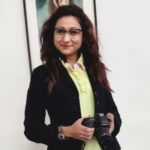
Kindah Ali
Working Title
Use of Children’s Images by Media During Wars
There is a long history between the media and the children of wars and conflicts. History further indicates that image of the victim child says a lot than just an image and therefore it has been used to create propaganda by media in past in various ways. This overuse of such pictures in the media employment is abusive to children and their tragedies. This research explores the impact of publishing images of children during wars and conflicts to influence public opinion and decision-makers and the role that these image play in making political decisions and changing events. In addition to the distinct roles that the media play in exploiting the suffering of children in times of war and political conflicts, this research also focuses on the impact of publishing children’s images during wars and conflicts on the lives of children and their psychological and mental health in the long term. A descriptive design of research will be adopted to conduct this research and analysis will be made on qualitative data collected from secondary sources of data.
The research is aimed to achieve following objectives
- To develop an in-depth understanding of how the media exploits children for political propaganda, while also evaluating the various manifestations of this exploitation.
- To comprehensively distinguish between propaganda exploitation and reality by evaluating evidence from journalists who seek to show the truth.
- To gain a deep insight into the psychological effects of what is published and broadcast about children in Arab media.
- To gain a deep insight into the handling of images of children during wars and conflicts in different contexts, including whether they should be published or not.
- To develop an in-depth understanding of how public opinion’s sympathy for children’s images and their suffering differs according to the political affiliations of the children themselves or the political affiliations of the receiving audience.
- To assess and evaluate whether publishing pictures of children in war situations really has the ability to bring about local or international political changes.
Between 2020 and 2021, I completed my master’s degree in the field of international journalism. My thesis focused on the Al-Jazeera News Channel, examining both its Arabic and English versions. Specifically, I analysed the differences between the two channels in terms of their methods of broadcasting news and their distinct orientations towards different audiences. As a native Arabic speaker who is also English speaker, I was able to draw on my language skills to successfully complete my dissertation.
As someone of Syrian origin who lived through the Syrian war and witnessed the suffering of refugees, I was motivated to volunteer with various associations and organizations that provide aid and services to refugees, particularly children. Alongside my volunteer work, I also worked with children to address their educational needs. This experience proved invaluable in my doctoral research.
My research idea is not just an idea I am working on; it is something related to me and my country. Therefore, I feel very excited to complete this research. I chose the University of Liverpool because I live in the city and feel happy and welcome here. I do not feel like a stranger in this city. Additionally, the University of Liverpool offers an advanced level of education, and I have received a lot of help from the lecturers, teaching staff, and supervisors.
It is enjoyable to discover something that you love and take pleasure in. Personally, I find communicating with students from various disciplines and sharing experiences, going on university trips and engaging in musical activities to be the most enjoyable. However, being in my first year of study, I still feel lost at times due to the extensive reading and numerous ideas presented. The abundance of information and references can be overwhelming, and the more I read, the more I feel lost and lack focus on a specific idea. This has been one of the most challenging aspects of my studies.
I have many post-doctoral ideas and plans, but nothing is completely specific yet. I am still trying to develop my experiences and knowledge, as I need more skills. However, my aspiration is to work as a lecturer at the University of Liverpool. This work will enrich my undergraduate studies and increase my experiences.
To anyone with the desire to pursue a PhD, I advise you not to limit your dreams. Although the journey may not be easy, it is certainly not impossible. Cherish every moment of your studies and celebrate your accomplishments, no matter how small. You are doing a great job. Pursuing a PhD will expose you to vast areas of knowledge and provide you with valuable experiences.
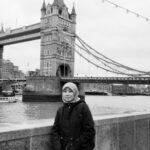
Widad Alis
Working Title
British Malaya: Building the Capital Cities of the Federated Malay States, 1874-1946
The year of 1874 marked as the beginning of British establishment in Malaya. The British has successfully signed treaty with Malay Rulers to gain control of Malayan states. The British government then established the Federated Malay States which consist of four Malay states which are Selangor, Perak, Negeri Sembilan, and Pahang. These states were under the protection of the British government while maintaining their affairs independently with advice from the appointed British resident. Through the establishment of administration system, the British began to develop the capitals of these states. The development of these capitals can be investigated through the development of architecture. Thus, in this research, the growth of these capitals is explored through the production of architecture. To see how the building were arranged and produced are the main focus of this research. Furthermore, the contribution made by several government departments established by the British for better planning in developing their capitals was investigated. This includes public works department and the sanitary board. The investigation of these departments would give a different perspective on how the process and contribution to developing the capitals of Federated Malay States were made. To obtain the understanding of how the British built their capitals in Federated Malay States, the archival data including maps, photographs, annual reports and other government documents were collected. Lastly, it is hoped that this research will help to address a knowledge gap in British Malaya history and architectural history in Malaysia, while also benefiting the local communities and future researchers.
Aim – to explore the development of Federated Malay States through architectural production in their capitals.
Objectives
- To discover the factors that contribute to the development of the capitals.
- To recognise the British vision for Federated Malay States through development of its capitals.
I worked as a full-time designer and part-time architect.
After having some difficult life experiences, I decided to try to change my life by doing something that can actually improve my life, which is by learning, therefore I opted to pursue a PhD. I chose the University of Liverpool by chance after browsing the university website and learning that the school of architecture here is the one of the oldest schools in the UK, making it a great opportunity to study here.
For me, the most enjoyable aspect would be gathering data for my research. To be able to visit various archives and libraries. Learning their system for storing all materials allows me to learn new things in life. Discovering new knowledge is actually fun however writing is the most challenging part for me. Having to focus and choose what to write is really difficult for me as someone who has ADHD.
I haven’t really considered what to do next because my primary goal is to complete this study first, although a post-PhD would be an excellent option. It will be a great opportunity to use research to shape my personality.
I would advise for those interested in doing PhD to have prior research experience or learning from people who have completed their PhDs about the process. The experience will save you a lot of time while working on your PhD.
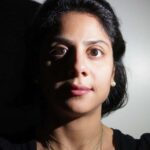
Noor Ragaban
Working Title
How the Home Works: The lived-in experience | A Case Study of Jeddah, Saudi Arabia
The research aims to decentre the position of architects and convention that places architecturally designed elements as the primary components. It considers users as a major element in redefining architecture.
The study focuses on the city of Jeddah in Saudi Arabia. There is a scarcity of studies in this region that examines the interior domain of the dwelling.
The project seeks to answer the following questions: how do families in Jeddah live? Is the common perception of absolute privacy within Saudi homes an accurate picture? To what extent does household’s desired level of reserve affect the house? Do all Saudi households follow the same (absolute) gender segregation practice? Does current architecture reflect their lifestyle, or is there a conflict or tussle between the built fabric and lifestyle?
The interest in domestic architecture stems from the various tangible and intangible practices that the home enshrines. This is especially important in cities like Jeddah where a broad spectrum of genres de vie are found, and are only observed (and even visible) when one is socially immersed in the community. The existing cultural diversity of Saudis in this city is the result of two major migration phases that occurred due to the city’s strategic geographical location. The first phase took place before the creation of the Kingdom of Saudi Arabia, and was a result of pilgrims visiting the Islamic holy cities of Makkah and al-Madinah, as well as traders from all over the world exploring the coastal position between Europe and the East. The second wave took place after the formation of the Kingdom (a prolonged process that was only resolved in 1932) and the discovery of oil, which attracted major internal and international migration and rapid expansion to the city.
The study investigates two of the most common types of dwellings in Jeddah, namely flats and villas (based on the 2019 Saudi General Authority of Statistics survey). It targets a wide range of participants, 30-90 year old males and females who live with their families. Emphasizing the users’ experience, the research deploys a number of qualitative methods that were carried out online. These are semi-structured interviews; observations; auto-photography and mapping, and architectural surveys of the domestic properties. Through these methods, a number of common and intertwined sociocultural values can be scrutinised to understand notions of family, privacy, and hospitality.
1- Explore and describe the various domestic lifestyles of Jeddawis.
2- Examine the nature of privacy and how it affects the house.
3- Analyse the tangible and intangible effects of the sociocultural aspects on domestic architecture.
4- Analyse the relationship between architectural elements and inhabitants’ lived-in experiences; looking into two intertwined sociocultural aspects: hospitality and privacy.
5- Develop customised qualitative data collection methods to suit the culture and the private researched domain.
6- Document the diverse users’ lived-in experience.
7- Link between architectural and anthropological literature that discusses Jeddawi’s genre de vie.
After completing my B.A. in Interior Design in 2008 at Dar al-Hekma University in Jeddah, Saudi Arabia, I have worked as an interior designer for 9 months at C1, a workplace-specialized architecture firm. In 2009 I decided to go to the UK for further studies and was able to successfully complete an M.A. in Architectural and Urban Studies in 2011 at the University of Brighton, United Kingdom.
From 2011–2018 I have been working as a lecturer in the Architecture department at Dar al-Hekma University, where I have taught several courses ranging from foundation courses to advanced studios, and theoretical courses. In 2015, I have also taught in the Interior Design department for two semesters. From 2018 –2019 I have taught in the Interior Design department at King Abdulaziz University, College of Art and Design in Jeddah, SA.
During summer breaks, since 2011, I have yearly enrolled in architecture and urban studies courses that focuses on culture, all of which took place in Germany and Austria. As my interest grew stronger in culture, I started learning the German language while in Germany. During the summers of 2017-2019 I also took a number of art courses in Turkey to explore new mediums and experience the culture in an artistic environment.
In parallel with my academic career, and as part of community service that has always complemented my career and personal life, art education was on my agenda. From 2012–2017 I have taught drawing to autistic children in one-to-one sessions.
Recently in 2019, I have volunteered to work at Verve Studio, SA, in hope to contribute the art scene in Jeddah. For six months, as an art director, I have curated their first exhibition; set up sculpting and drawing course plans; and taught drawing courses.
My graduate studies and the summer courses have exposed me to several culture-related topics that encouraged me to observe spaces and users simultaneously, to find out how they affect each other. My interest developed to observing family activities in different environments, often houses. There I noted a number of dissatisfactory remarks on both the architecture and lifestyle, that were sometimes merged with nostalgic comments. I have also noticed the diversity of situations and scenarios that are created or emerge during various occasions. Considering how varied the dwelling types are today, I started reading about traditional dwellings to form a comparison between life in both architectures; and social interaction. That was when I realised that research on Jeddah traditional dwellings have studied the architecture only, excluding the users and their lived-in experiences; also, there was no recent research that focused on inhabitants’ life within contemporary houses. Thus, I have decided to feed my curiosity and contribute to knowledge through pursuing my PhD, in hope that a close understanding of Jeddawis home use will eventually result in user-friendly homes, besides documenting the unique private environment experiences.
Why I chose the University of Liverpool- After carrying out an extensive research into a number of prestigious and top ranking universities, I have selected the University of Liverpool for a number of reasons. Number one, the diversity of international students and the welcoming supportive environment the university provides for them. Its genuine care about academics and interpersonal skills progress and development of its students, as well as their wellbeing rendered a positive environment where I saw an opportunity to grow and succeed.
Number two, the broad spectrum of conducted research subjects and interests, not only collectively across the School of Architecture, but also of each faculty member. Which for me is an important factor as it allows further exploration and investigation of new areas beyond expectations.
Number three, I believe the University of Liverpool will help me achieve my long-term goal in Saudi as a young female. Due to its long history and record of achievement, the university is one of the most reputable universities amongst Saudis, and is acknowledged by the Saudi Ministry of Education, making it highly respected in the industry as well as academia.
What I have found truly fun about the PhD is involving participants and acquiring information from them, as opposed to relying solely on literature. The interviews, focused on the lifestyles within dwellings, allowed a significant number of questions to be asked. Questions that I could not ask in a normal conversation (or otherwise be called nosy and ill-mannered!) Similarly, are the observations, where as a researcher I was welcome to scrutinise homes, viewing rooms I might have never seen under any other circumstances, especially as a stranger to participants.
Equally, that was also one of the most challenging aspects. Even though all participants fall under the umbrella of Saudis living in Jeddah, that did not mean they were all the same, especially in regard to their little private kingdoms. Thus, constantly considering how and when to inquire about an information, without giving the impression of prying, was quite challenging. Another challenge is acquiring data from government sources and architectural offices in Saudi.
The lockdown, I must admit, was quite challenging at first, having lost the work-dedicated space -campus office- and the idea of being forced to stay home. However, that soon became yet another part that I have found quite pleasant. It provided me with unlimited reading and working dedicated time, especially since I am on my own. Such a joyful productive solitude.
I am fortunate enough to have a job to go to back home, teaching at King Abdulaziz University, where I plan to return in order to continue working on my proposal for improvements in the university, and further share my knowledge. Alongside, as a Saudi university faculty member, I plan to become a member of the Saudi Building Code National Committee, in hope to take part in informing policies and decision making.
While the right time and perfect opportunity may be motivating factors to pursue a PhD, I’d personally recommend only starting once having found the right subject. It needs to be a subject that you’re truly passionate about, and are willing to commit to for a long period of time (rather than only doing PhD for the sake of it). I would also add that the topic, or the interest indeed, should be initially broad. A broad interest will allow endless possibilities of focuses for the researcher to choose from, which certainly requires the student to be fixable and open to exploring new spheres within their area of interest.
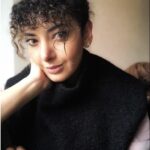
Razan Simbawa
Working Title
From One Slum to Another: The Sociocultural Effects of Demolish-Base Urban Regeneration on Displaced Residents in the Context of Jeddah, Saudi Arabia
This research project investigates the Saudi government’s latest decision to demolish informal districts in Jeddah, Saudi Arabia. On October 26th, 2021, the government initiated a massive regeneration project, starting with two of the oldest neighbourhoods, Gholail and Petromine. With writings on the wall with red paint saying (إخلاء) meaning (Evict), the residents woke up to short notice to evict the district. Middle to low-income residents, whether homeowners, shop owners, or renters, were forced to leave their premises as soon as possible. By the end of demolition in 2022, approximately thirty-two million Sqm of land was demolished, and around 500,000 people were displaced. This research aims to study the sociocultural significance of the residents of the neighbourhoods under the umbrella of the demolish-base regeneration project.
- To research gentrification actions in the Middle East and Saudi Arabia.
- To produce some documentation of historical districts prior to demolition.
- To research the history of the urban fabric and the development of the built environment of Jeddah.
- To investigate the history of informal settlements occurrence in Jeddah.
- To define the social and cultural characteristics of the informal settlement’s-built environment
- To examine the physical situation in the informal settlements pre-demolishing.
- To investigate cultural differences in residents’ day-to-day life pre and post displacement.
In 2013 I finished my master’s degree in Sustainable Architecture from the Catholic University of America. I was very eager to start working in the field. I went back to Jeddah, Saudi Arabia. I worked at Dar Al-Hekma University as a lecturer. I founded with my husband Vertix Design Studio, where I worked as an Architect and Interior Designer. In 2017 I moved to teach at Jeddah University. I taught various university subjects, such as design studios, sustainability, and computer-aided design.
Teaching was a very enriching experience, and as a result, I have been very enthusiastic about research and exploring new methods of developing the built environment. During the COVID-19 lockdown, a worldwide crisis affecting humanity, I realized that the aftermath would stay within us for long periods. I started researching with my colleague Dr Sherin Sameh, a former chair of the School of Architecture at Dar Al-Hekma University, about pandemic lockdowns and space layout in houses in Jeddah according to new residents’ needs. Research revealed how this pandemic affected the more vulnerable low-income society and how homes and neighbourhoods were not equipped to deal with such events.
Exploring my city and meeting people from different backgrounds has been the most rewarding part of the PhD. Although I have lived most of my life in Jeddah, I had the chance to visit areas for the first time. Seeing the city from a different point of view has been an eye-opening experience.
The most challenging part has been starting my PhD online during the COVID-19 lockdown. Although e-learning has proved to be a revolutionary mechanism for bringing people together in one room despite the physical distance, building actual work/study relationships has been challenging. As a new student, it takes time to be familiar with the new system and new instructors; nevertheless, having to do it online made it challenging as there is limited time during online meetings and the importance of using that time effectively. However, I have been very fortunate that my supervisors have been very encouraging and supportive, and I have been very motivated to work hard after each online meeting.
Although teaching has been a massive part of my career, I look forward to researching different solutions for the constant rise in informal settlements in Saudi Arabia. I want to effectively implement strategies that deal with such zones with consideration of the society living there. Finding sustainable solutions to eliminate such occurrences in the future for a more resilient country. I aim to influence and implement policies that would help mitigate this situation.
My dilemma in the past was constantly asking myself why I wanted to do a PhD? Every time I thought about applying, I asked myself that, and only when I could answer did I know I was ready with a purpose. Don’t be afraid to be curious – the more you are – the better researcher you become. Since I started as more of an investigator researching for answers in the field, I have always seen myself. Choose a topic you feel passionate about, and do not be discouraged when you reach a dead end; it just means there is an alternative road you need to take. Enjoy the journey.
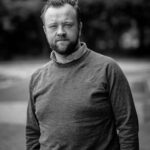
Daneel Starr
Working Title
A Lu Lao Zhai Village, China
How and why has the architectural vernacular and intangible cultural heritage of the Akha ethnic minority changed in the face of globalization?
Using the village of A Lu Lao Zhai, Xishuangbanna (Sipsongpanna) China as a case study.
Central question What are the changes in architectural vernacular and cultural traditions in the village of A Lu Lao Zhai and is the same true for Akha communities both within and outside of China?
Substantive aim
To document the village of A Lu Lao Zhai, including investigating its intangible cultural heritage, and comparing these changes to other Akha communities in S.E. Asia.
Theoretical aim
To create a framework for documenting remote and comparatively isolated communities so that their cultural importance can be appreciated using quantifiable and qualitative data sets.
Methodological aim
To create a small scale survey that documents Akha villages using traditional photography, drone photography (and photogrammetry), cartography and traditional measured architectural surveys and qualitative interviews.
I was, and still am, a practicing architect specialising in educational buildings.
I have always wanted to do a PhD since the first time I walked around the University of Liverpool School of Architecture when I was 17. I am from Liverpool and have completed my BA and March here.
I am completing my PhD part time, so balancing that with work and family is challenging.
I want to write a book about Akha architecture.
My advice for others interested in doing a PhD would be to make sure that you have the correct motivation, as while it’s rewarding work it’s also very demanding.


